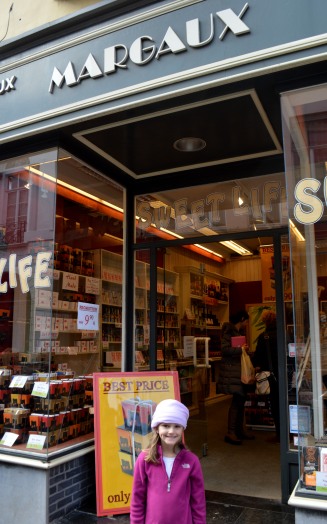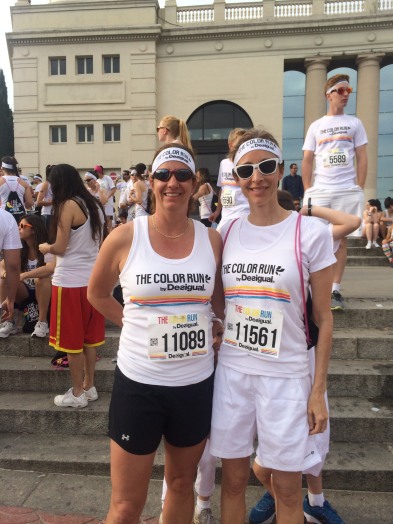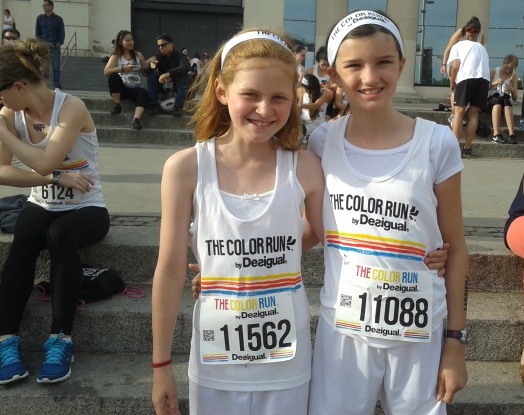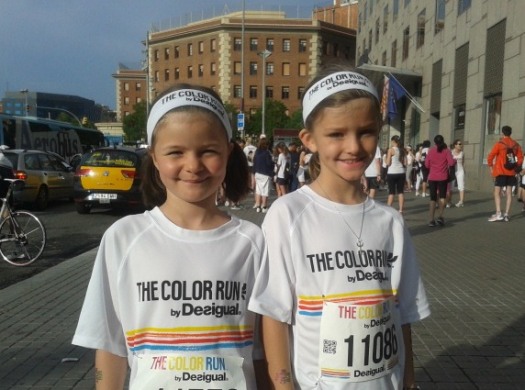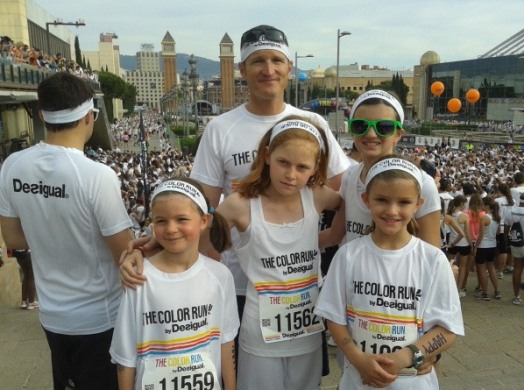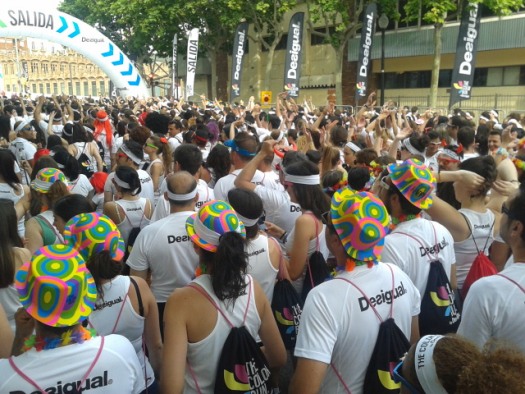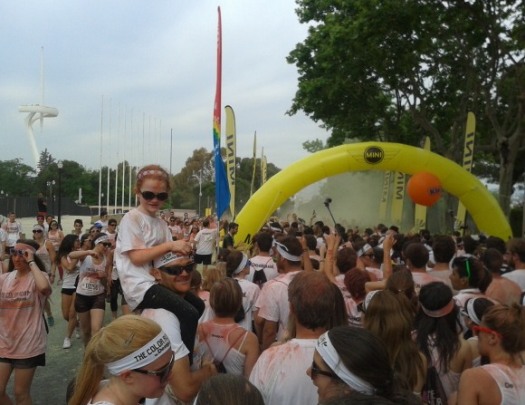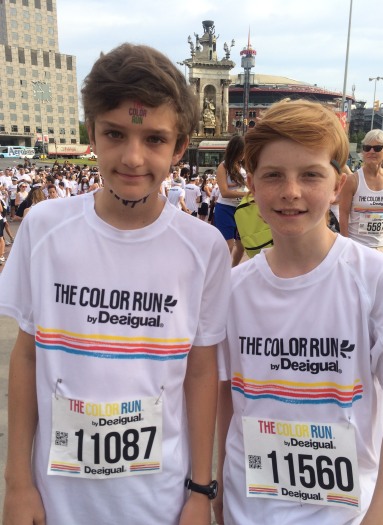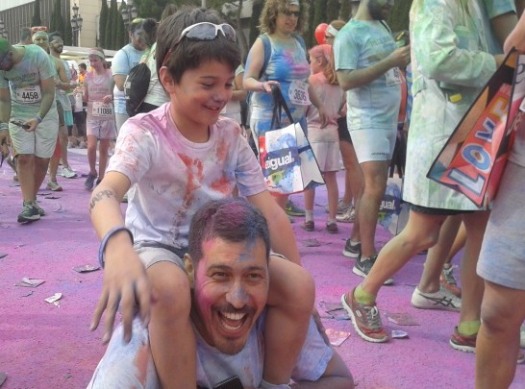Following the advice of our friend Yianna Xenakis, we prepared for our Normandy visit by watching “The Longest Day”, the 1962 D-Day classic, with an all-star cast: John Wayne, Richard Burton, Red Buttons, Paul Anka (yes), Sean Connery, Fabian (yes), Henry Fonda, Roddy McDowall, Robert Mitchum, Rod Steiger, Robert Wagner, and the list goes on…
Just a few days shy of the 70th anniversary of June 6, 1944, we travelled to Normandy on May 29, 2014. Landing at Paris Orly Airport, we made our way to the Avis counter. Unfortunately, one needs a driver’s license to rent a car, and ours were in Barcelona. Luckily, our friend Christian (a Barcelona native who has a “concierge” business helping foreigners secure apartments, set up bank accounts, etc.) quickly came to our apartment and then drove to the local BCN Avis agency with my license. So, we were now on our way (I, with mental anguish, as I truly dislike showing a lack of responsibility to the youth), about 3 hours or 330 kilometers from our destination, Sainte-Mère-Église.
While everyone was happy to ride in a larger than expected rental car, we all agreed that our Renault Kangoo was the ugliest car on the road. Here we are upon arrival at Sainte-Mère-Église on May 29, just shy of 70 years after the Allies landed here.
Sainte-Mère-Église was taken over by the Germans in 1940 and eventually occupied by Austrians and Germans until 1944. On the night of June 5th/morning of June 6th, there were Allied air raids and paratroopers began landing in town, with significant casualties. The Longest Day movie properly portrays one man, John Steele, catching his chute on the town’s church, apparently after losing control when hit with flak (anti-aircraft fire). He faked death for more than two hours while hanging and was captured by the Germans, only to escape three days later.
Note the paratrooper on the church…
One of the stained glass windows in the church beautifully portrays the Virgin Mary as well as paratroopers.
Not a great dinner in Sainte-Mère-Église at La Pomme d’Or, although the restaurant was run by a nice family, and I can’t fault them for trying to make a few extra bucks by selling copies of the D-Day pictures behind us on the wall. We did enjoy the town, including a conversation with some U.S. military who were in Normandy to prepare for the 70th anniversary event. Then we drove 30 minutes to Bayeux for the night.
On Friday morning, we were met at our fancy Ibis Budget Hotel in Bayeux; for those looking for a discount of about 75% off of the average Normandy hotel, and satisfied with a clean, albeit small room, I strongly recommend our lodging experience. Of course, what we saved, we spent on our guide, the extremely knowledgeable and interesting Gary Weight. Gary could not have been more informative, but he was almost too detailed at times, unable to maintain the focus of the girls, not that any all-day tour can hold the interest of this age group.
Pointe du Hoc was our first stop, perched high on cliffs (about 25-30 meters above the sea), where the Germans were positioned on June 6, between Omaha and Utah Beaches. Gary spent time explaining this site, and the necessity of the Allies to capture it, due to the strategic locale. Lt. Colonel James Rudder commanded a force of 225 Army Rangers that eventually captured Pointe du Hoc, although not without tremendous sacrifice. Because of a delayed landing on the coast early on June 6, the 500-man backup forces were not given Rudder’s predetermined signal, and they landed instead at Omaha Beach. At Pointe du Hoc, soon after landing and during the scaling of the cliffs on ropes and ladders, Rudder lost 90 of his 225 men. And, after 2 days, only 90 of his Rangers were able to fight. Still the backup forces did arrive on June 8, and the Germans fled.
Entering a German bunker at Pointe du Hoc…
Here is Gary offering detail about the very large 155mm “coastal artillery guns”; one was expected to be in this spot on June 6, 1944, and there were five in total at Pointe du Hoc. Allied intelligence knew of the guns and it was an important objective to make them inoperable. Rudder’s Army Rangers were surprised to find that the guns were not in these encasements, but instead long wooden shafts were in place of the guns, fooling the Allied aircraft photoreconnaissance. Still, the guns were eventually found nearby by Rudder’s men and taken out of commission…
Inside a strong German bunker at Pointe du Hoc…
Max running through the craters created by the Allied bombs…
At the Normandy American Cemetery and Memorial above Omaha Beach, observing the graves of 9,387 of our military, most of whom died in the D-Day landings and during the following operations.
A map of Military Operations in Western Europe, at the Normandy Memorial.
On Omaha Beach, Gary gave us further detail of Operation Overlord. Such a beautiful beach, it is difficult to envision the massive Allied invasion…but the course of history may have changed in this spot.
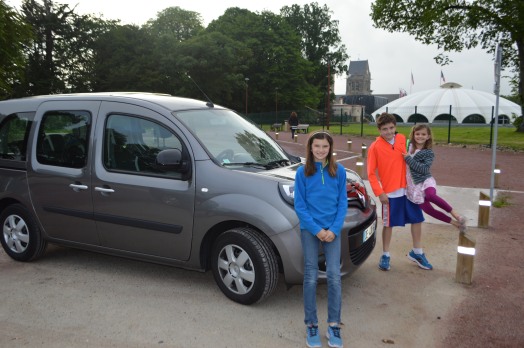
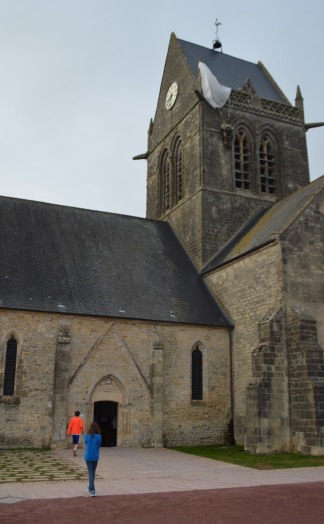
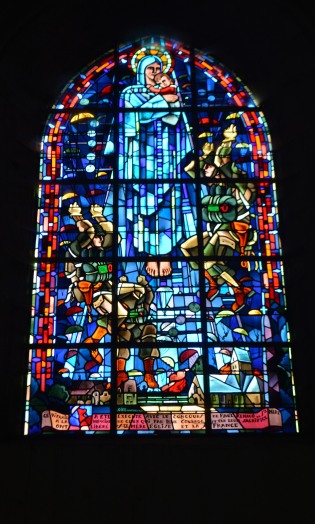
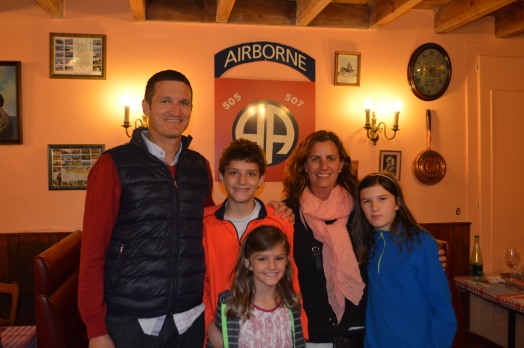
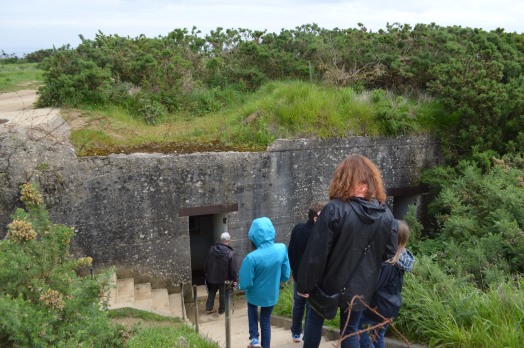
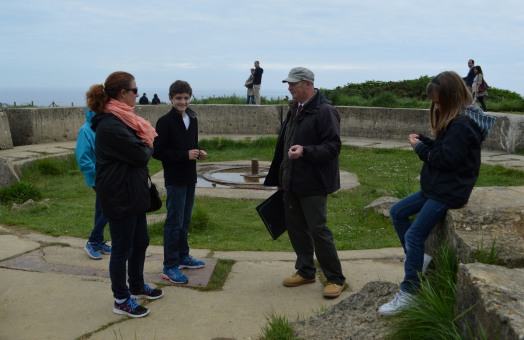
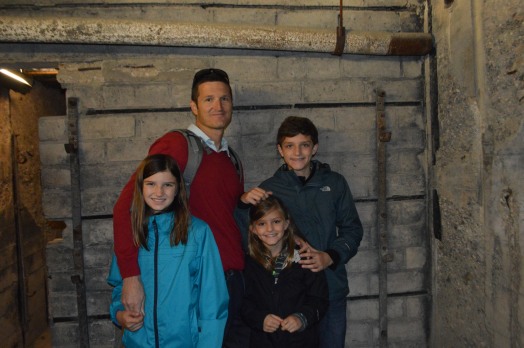
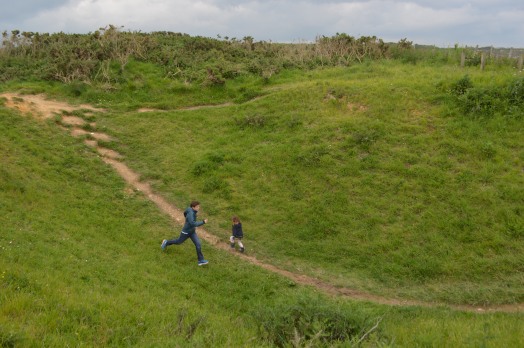
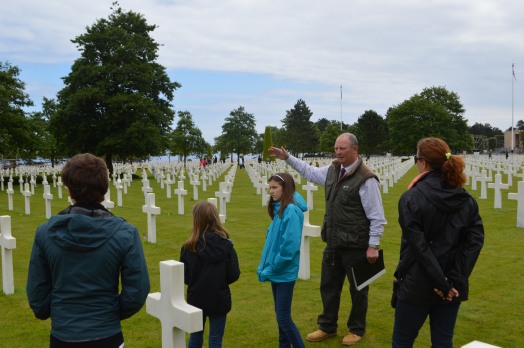
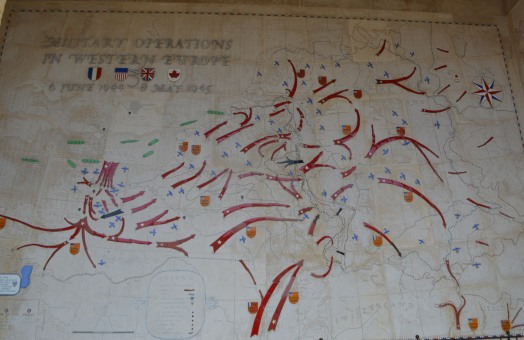
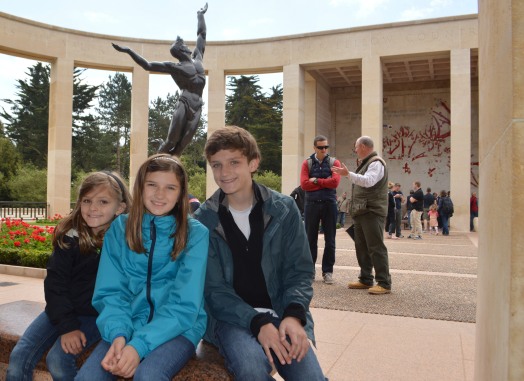
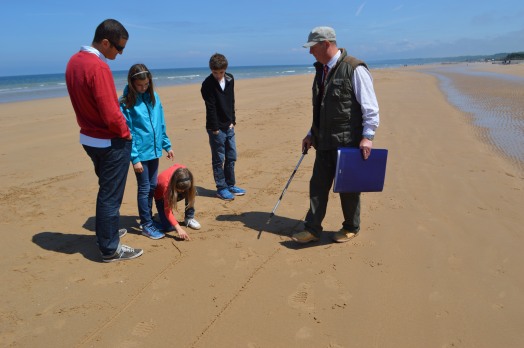
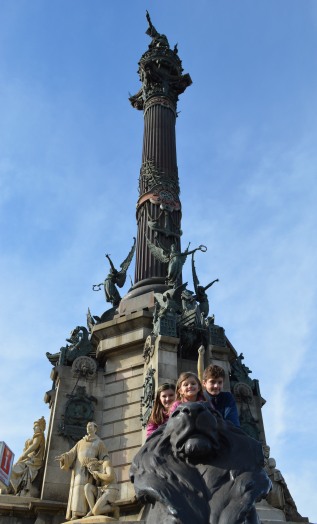
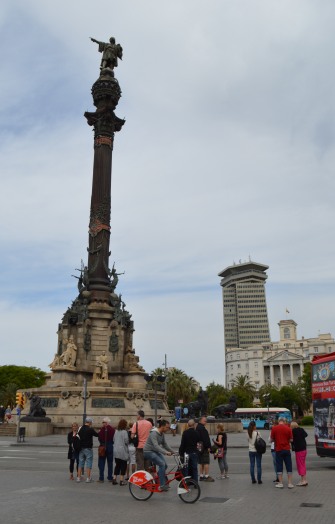
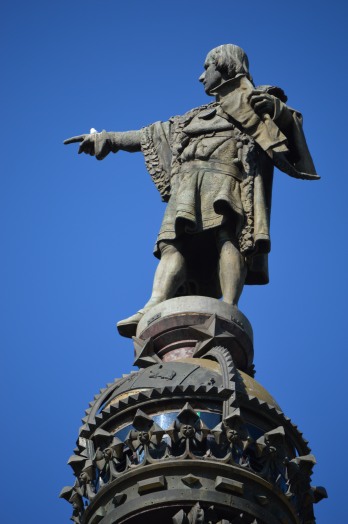


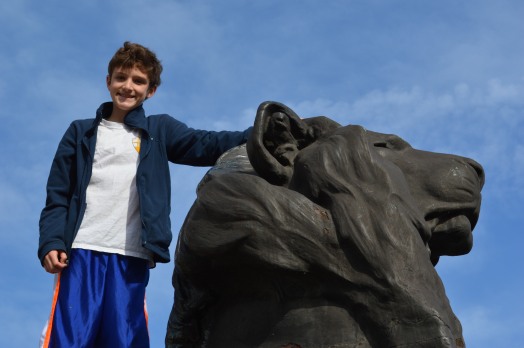

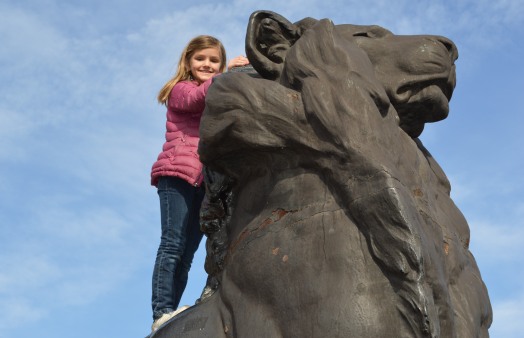
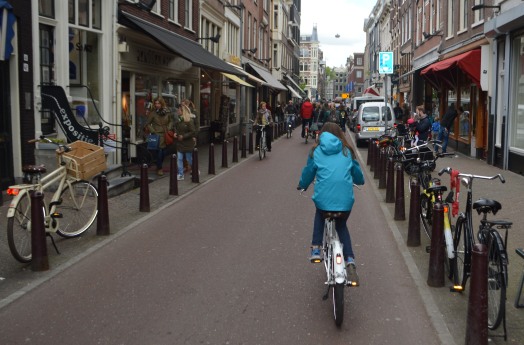
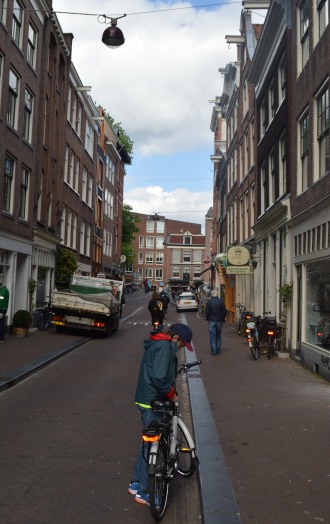
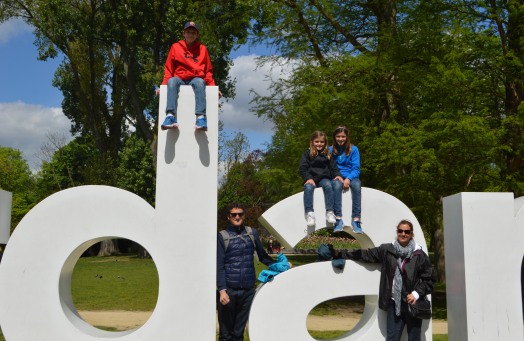


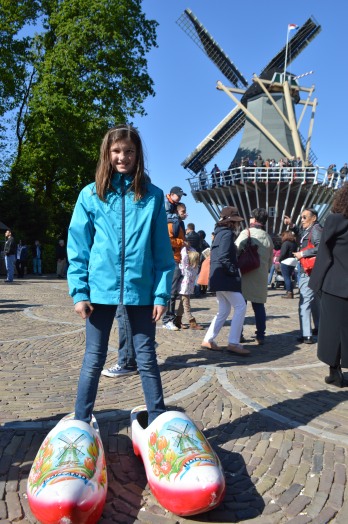
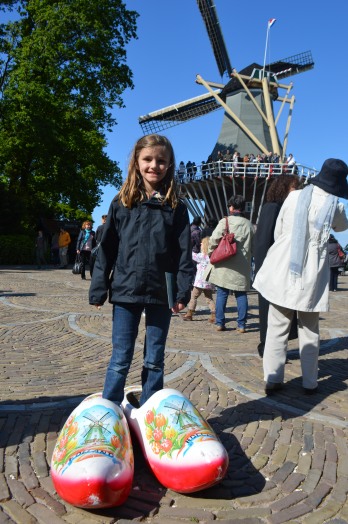
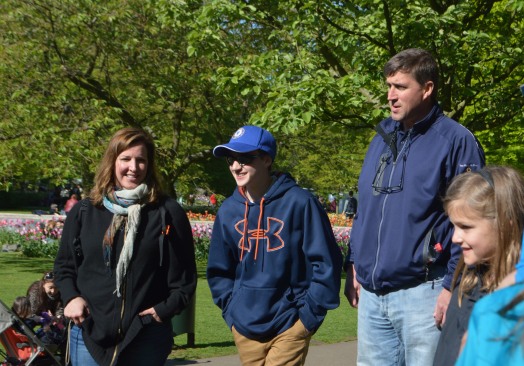

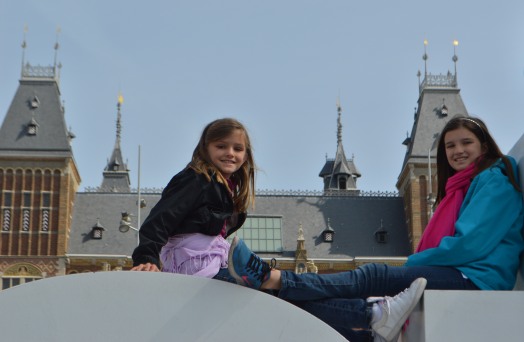
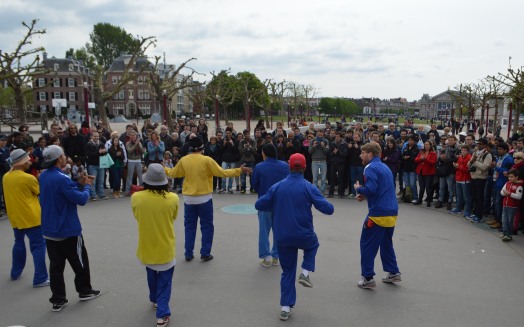



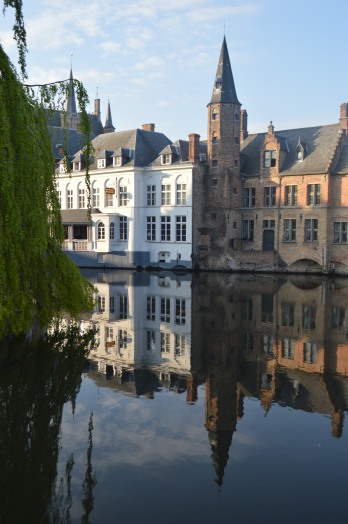

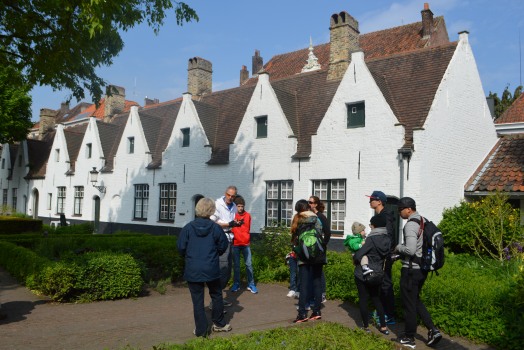
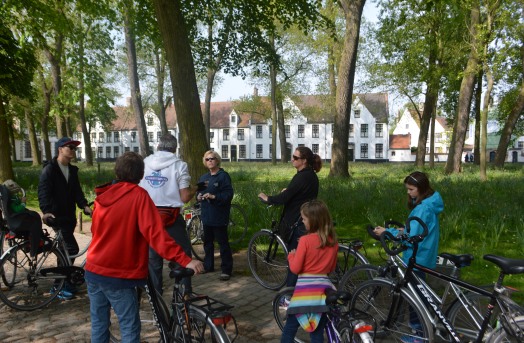

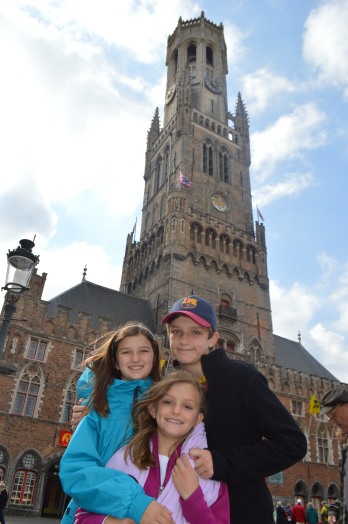
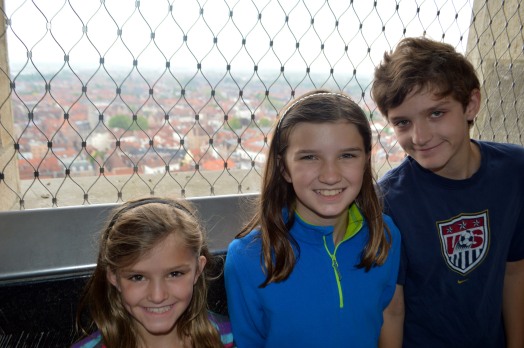
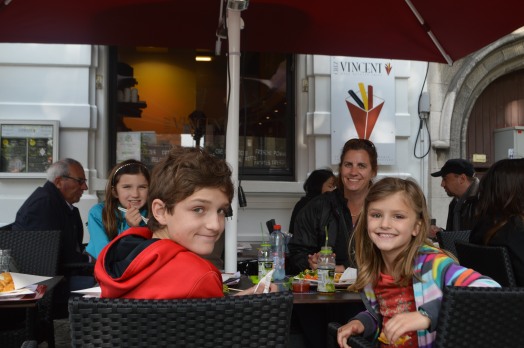
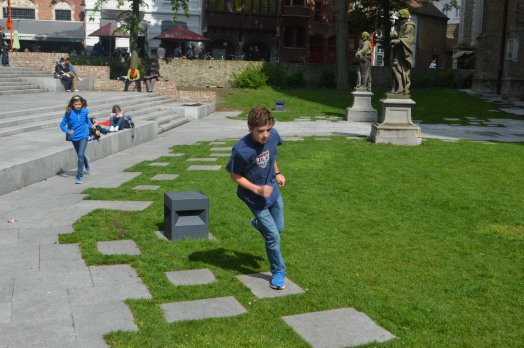
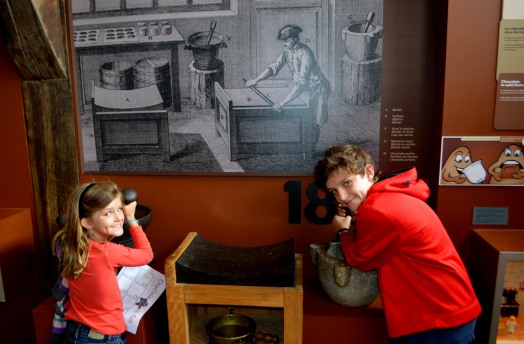
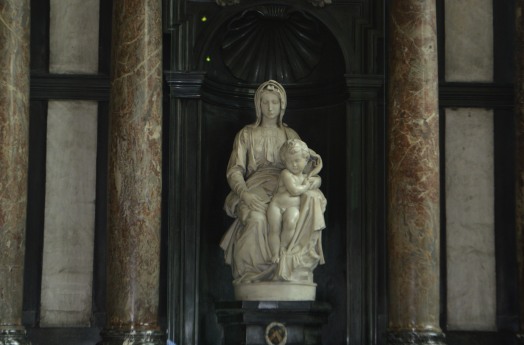
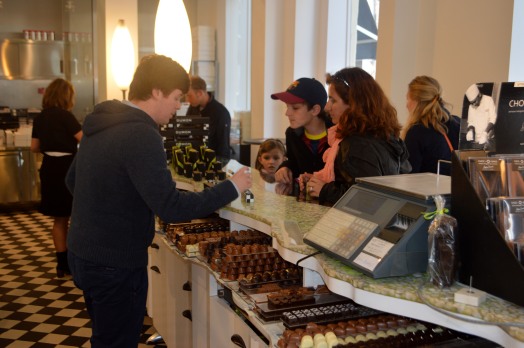
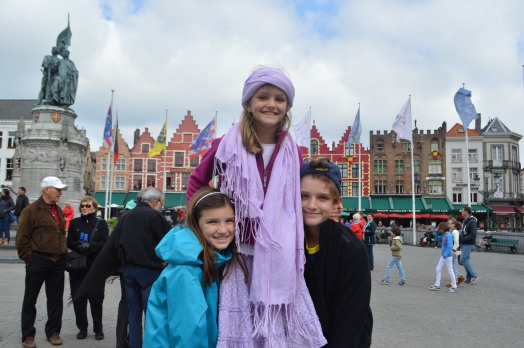 She felt at home…
She felt at home…